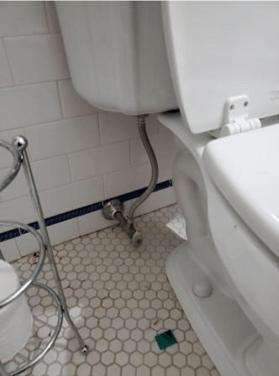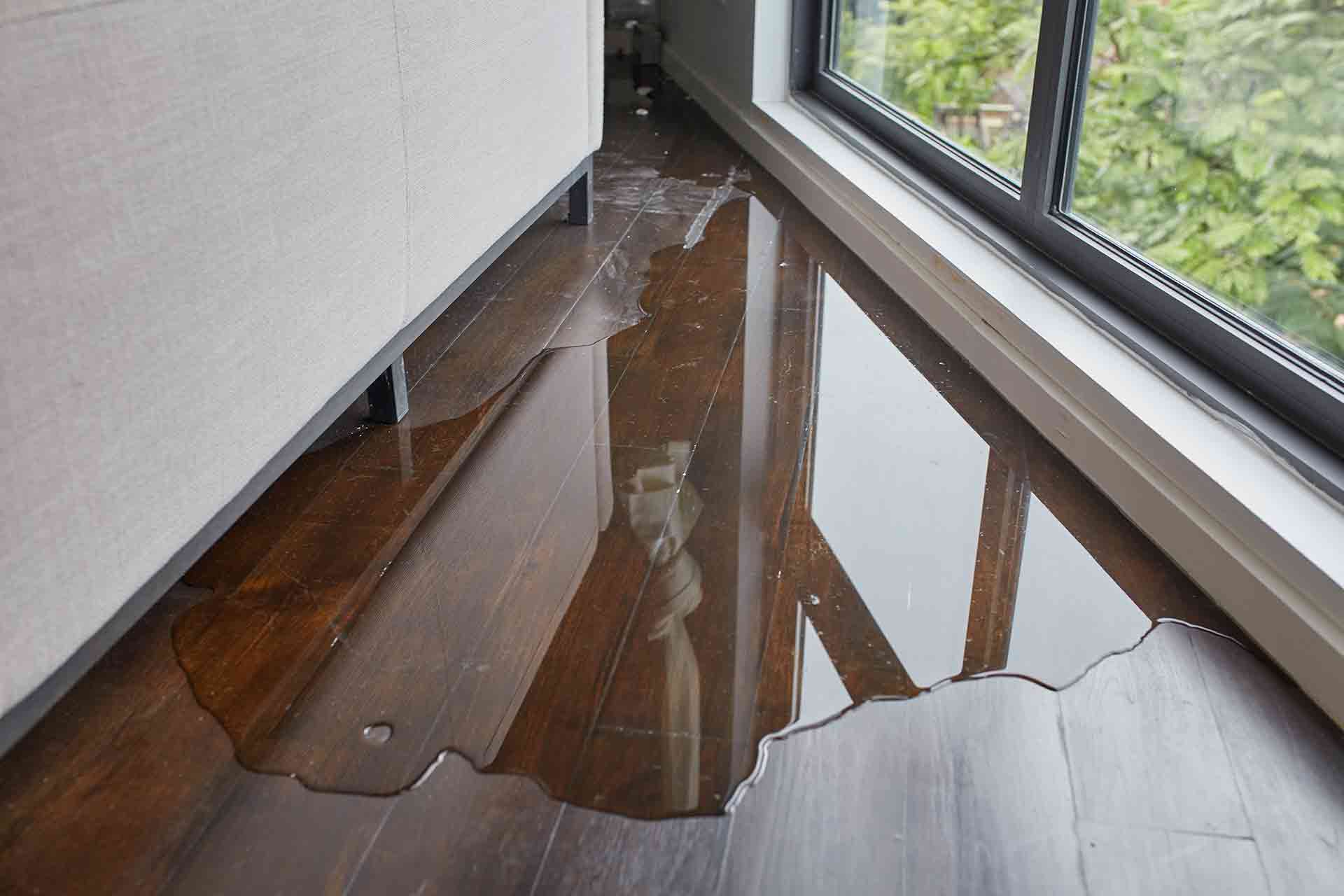Exactly How to Prevent Bathroom Water Damage
Exactly How to Prevent Bathroom Water Damage
Blog Article
What are your ideas on Preventing Water Damage in the Bathroom?

The shower room is exceptionally at risk for moist accumulation and also possible water damages due to the frequent use of water in it. This post supplies simple inspection methods to assist finding water damages threats.
The frequent use of water in the restroom makes it incredibly prone for damp buildup and also possible water damages. By inspecting it regularly, you can decrease water associated damages.
The complying with set of assessments is simple to do as well as must be done when in every 3 months in order to maintain your shower room healthy as well as to avoid prospective water damages triggered by the bathtub, the shower, pipeline joints and also plumbing, sinks, cupboards, as well as the toilet
Do not neglect executing these examinations as well as be thorough while executing them. Bear in mind that these easy evaluations can save you a lot of money by providing very early signs for water damages
Sinks as well as Cabinets
Sinks and cabinets are revealed to dampness as well as humidity daily and are typically neglected. Inspect regularly under the sink and also on the counter top above it. Repair any kind of drip in the catch as it may suggest drainpipe issues. Take a look around the sink, slow draining pipes might show an obstructed drain. Change sink seals if they are broken or loosened.
Tub and Shower
The shower as well as bathtub call for special focus as well as upkeep. Check the floor tiles as well as replace if fractured. Make certain that there is no missing cement between the tiles. Evaluate as well as change split caulking at joints where the walls fulfill the floor or the bathtub. Obstructed drains and also pipes troubles will certainly prevent the bath tub from drying and also may indicate severe troubles below the bath tub. Speak with a specialist instantly to avoid architectural damage. Take notice of discolorations or soft areas around the bath tub walls as they might show an inner leak.
Plumbing
Signs for water damages are hard to find because the majority of pipes are set up inside the walls.
Pay special focus to flooring and also walls wetness and discolorations as they may suggest an invisible plumbing issue. Examine moisture degrees in adjacent rooms also.
The Toilet
The bathroom is an at risk water junction. Check the water lines as well as look for leakages around the commode seat, in the hose, as well as under the water container. If you identify any indications of wetness on the flooring around the commode, check for leaks in the toilet edge and storage tank seals.
Know that hanging toilet bowl antiperspirants raises the chances for blockages.
10 TIPS TO PREVENT WATER DAMAGE IN THE BATHROOM
The average household uses approximately 80-100 gallons of water per person per day. For a family of 4, that's almost 2,500 gallons of water a week! The largest portion of this consumption comes from bathroom use. Flushing the toilet uses the most water, followed by taking a shower or bath. With that much water running through the home, water damage in the bathroom is bound to happen. Knowing how to spot signs of a water leak is essential to preventing long-term damage. This guide provides you with tips to reduce the impact of water damage on your bathroom.
CAUSES OF BATHROOM WATER DAMAGE
Pipe breaks are the most common cause of water damage we see in our daily jobs. The age of a pipe plays a large role in a pipe break as well as corrosion. Over time, the metal begins to break down, allowing water to escape. Frozen pipe breaks are also a concern in the winter months. Toilet overflows caused by paper products or children flushing inappropriate items. Degraded caulking around the toilet or bathtub can allow water seepage, sometimes behind the fixture, into the subfloor or walls. Condensation forms when the water in a pipe is cooler than the air temperature. Beads of water form on the exterior of the pipes, sometimes so much so that the water begins to drip and pool below. Sink or shower backups created by poor drainage. HOW TO PREVENT WATER DAMAGE IN YOUR BATHROOM
Inspect your toilet supply line for worn or frayed hoses and replace them as needed. Winterize your plumbing to prevent a frozen pipe break. Use vent fans to prevent condensation that can lead to mold growth. Routinely check and replace degraded caulking around your toilet or bathtub. Increase the temperature in your toilet tank and insulate your pipes during the warm summer months to keep condensation from forming. Use child safety locks on the toilets. Flush only toilet paper. "Flushable" wet wipes are actually not good for your plumbing system. Additionally, feminine hygiene products should not be flushed. Prevent water from escaping the tub or shower. Make sure shower curtains are in good condition. Inspect shower doors and replace the seal strip if necessary. Wipe up any water that accumulates on the floor and use bath mats. Water left to sit can cause damage to the tiles and flooring. Refrain from using bath products containing heavy oils to avoid a clogged drain.

I came across that page on Common Causes of Water Damage in a Bathroom when doing a lookup on the search engines. Be sure to take a moment to promote this article if you appreciated it. Thanks so much for going through it.
Schedule A Free Estimate Report this page